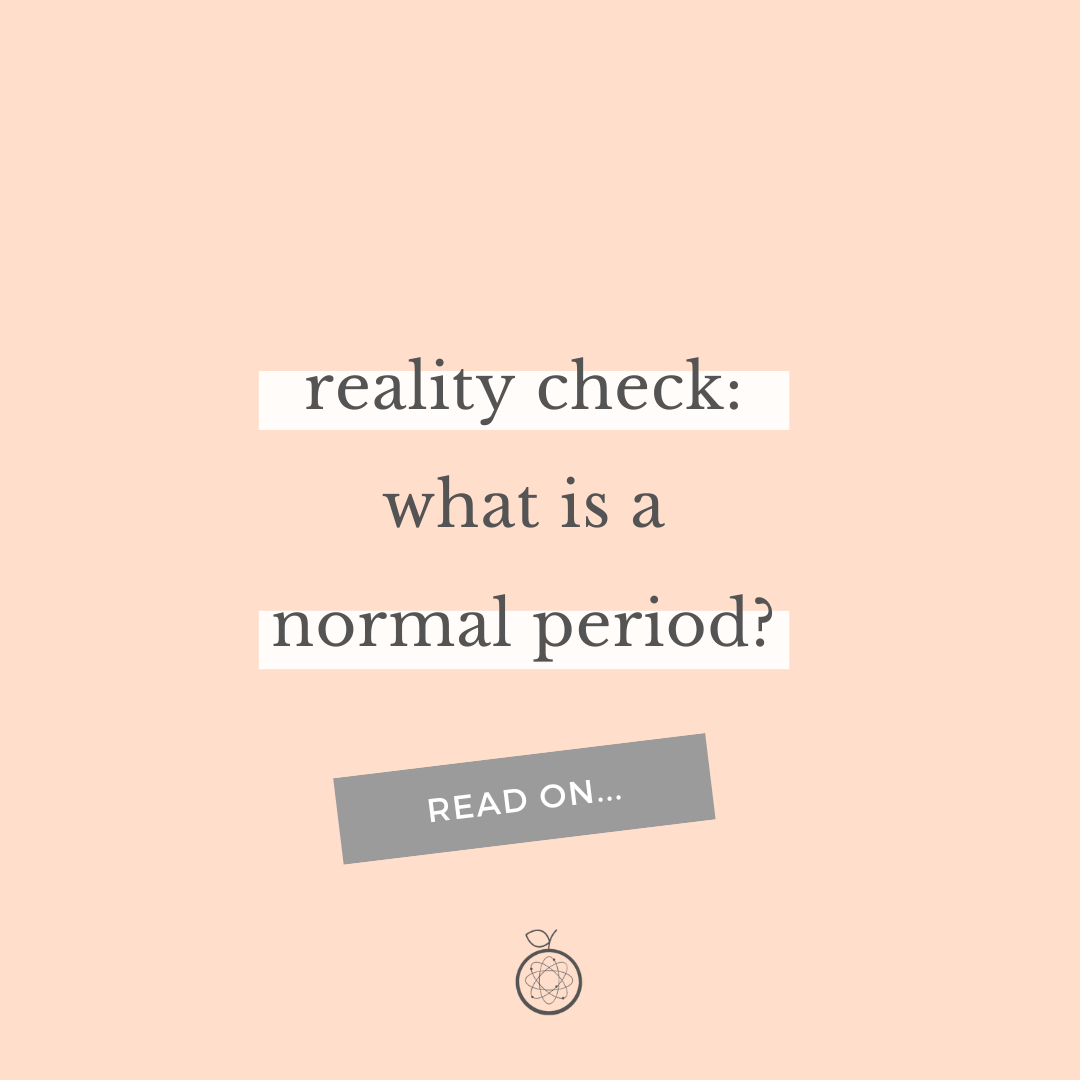When it comes to our iron status, many of us have been taught to rely on ferritin levels as the ultimate measure. However, this belief can lead to misconceptions and overlook critical aspects of iron dynamics within our bodies. In this article, I aim to delve deeper into the complexities of iron and explore the markers that go beyond ferritin, empowering you with a better understanding of our pathophysiology.
Ferritin – A Deceptive Indicator
While ferritin is indeed a marker of iron storage, its reliance alone can lead to gaps in evaluating our iron health. Inflammation plays a significant role in interfering with the accuracy of ferritin levels. Temporary or chronic inflammation can cause ferritin levels to rise, masking potential iron deficiency. This means that during times of inflammation, relying solely on ferritin might mislead us into thinking our iron is adequate when, in fact, we might be iron deficient.
Iron and Its Role in the Human Body
Iron is an essential mineral that plays a critical role in various biochemical processes within the human body. It exists in two primary forms: heme iron and non-heme iron.
Heme Iron: This form of iron is found in animal-derived foods and is highly bioavailable, meaning it is easily absorbed by the body. Heme iron is a crucial component of hemoglobin, the protein in red blood cells responsible for carrying oxygen throughout the body. It is also a part of myoglobin, a protein found in muscles, which aids in oxygen storage and release during muscle contraction. Heme iron is more efficiently absorbed compared to non-heme iron, making it an important dietary source for maintaining iron levels.
Non-Heme Iron: Non-heme iron, on the other hand, is present in plant-based foods such as vegetables, grains, nuts, and seeds. Unlike heme iron, non-heme iron has lower bioavailability and is less efficiently absorbed by the body. Various factors can influence its absorption, such as dietary enhancers (e.g., vitamin C) and inhibitors (e.g., phytates and polyphenols) present in the diet. To enhance non-heme iron absorption, it is beneficial to consume it alongside vitamin C-rich foods.
Iron’s Role in Biochemistry:
The primary function of iron is to support oxygen transport in the bloodstream. Oxygen binds to heme iron in hemoglobin, forming oxyhemoglobin, which is then carried throughout the body to provide oxygen to tissues and organs. This process is essential for cellular respiration and energy production.
Apart from oxygen transport, iron is involved in several enzymatic reactions that are crucial for energy metabolism, DNA synthesis, and immune function. Iron serves as a cofactor for enzymes involved in the synthesis of DNA, RNA, and proteins, as well as enzymes responsible for energy production in the mitochondria.
Iron Levels and Fatigue:
When iron levels are low, the body struggles to produce enough hemoglobin and red blood cells to carry sufficient oxygen. This can lead to a condition called iron deficiency anemia, which is more commonly associated with non-heme iron deficiency. Without enough oxygen circulating in the body, cells cannot generate energy efficiently, leading to feelings of fatigue, weakness, and exhaustion.
Understanding the difference between heme and non-heme iron can help tailor dietary choices to optimise iron absorption. Including a variety of iron-rich foods from both animal and plant sources can ensure a well-rounded iron intake. Additionally, considering factors that enhance or inhibit non-heme iron absorption, such as vitamin C-rich foods or phytate-containing foods, can further support iron status.
Taking a Comprehensive Approach:
To gain a comprehensive understanding of our iron status, we need to look beyond ferritin and consider multiple markers:
- Iron Levels (Serum Iron): Evaluating serum iron levels gives us insights into how much iron our body is absorbing. This marker reflects our recent iron intake and absorption, providing a clearer picture of our iron status.
- Transferrin: Transferrin is a protein responsible for transporting iron within the body. Measuring transferrin informs us about our body’s iron needs. Higher levels can indicate a hunger for iron, while lower levels may signal inflammation or excessive iron.
- Saturation: Iron saturation reveals how saturated cells are and ready to deliver iron to tissues. Optimal saturation levels are typically between 20% to 30%, while higher levels could indicate a condition called Hemochromatosis.
- Haemoglobin: Haemoglobin, present in red blood cells, heavily relies on iron for production. Monitoring haemoglobin levels alongside other markers can help identify true iron deficiencies.
The Complete Picture
Integrating these markers holistically allows for tailored and individualized solutions. Addressing iron deficiencies promptly can prevent potential health issues and enhance overall well-being. Moreover, it prevents unnecessary iron infusions or misinterpreting fatigue as an iron deficiency. Iron, in its heme and non-heme forms, plays a crucial role in oxygen transport, energy metabolism, DNA synthesis, and immune function. Maintaining adequate iron levels through a balanced diet helps prevent iron deficiency anemia and the associated feelings of fatigue, ensuring optimal well-being and vitality.
A comprehensive approach that considers serum iron, transferrin, saturation, and haemoglobin levels is vital for obtaining an accurate assessment of our iron status. Armed with this complete picture, you can take proactive steps to ensure optimal iron levels, supporting your health and well-being for the long term. Remember, understanding our complex iron dynamics empowers us to make informed choices and cultivate a thriving, balanced life.
Assess Supplement Needs
Iron supplementation can be beneficial for individuals with low iron levels or those at risk of iron deficiency. When it comes to women’s health and hormone balance, maintaining adequate iron levels is crucial for overall well-being. Iron plays a vital role in oxygen transport, energy metabolism, and supporting the body’s stress response.
In some cases, women may require iron supplements to boost their iron levels and prevent iron deficiency anemia. Alongside other nutrients like B vitamins, magnesium, and omega-3 fatty acids, iron supplementation can support the body’s stress response and reduce symptoms of fatigue and weakness.
However, it’s essential to assess individual needs before recommending iron supplements. Consulting with a healthcare professional specialised in women’s health and hormone balance can ensure the right dosage and approach to supplementation.
As a women’s health and hormone specialist, I prioritise comprehensive assessments to identify nutritional deficiencies, including iron. By addressing individual needs and recommending appropriate dietary changes and iron supplementation, I aim to support women in their journey to optimal health and well-being.
Remember, taking care of yourself is essential for managing any health condition, including iron deficiency. With a more holistic approach to health and medical conditions, we can better address root causes and prevent potential health issues, supporting your journey to living your best life. Let’s work together to ensure you achieve optimal health and vitality! Click here to book in now.
Ready to Go?
To learn more about your hormones and how you can connect your own dots, The Flow Lab is an online course that provides a comprehensive, evidence-based approach to women’s health and wellness. Led by experienced nutritionist and women’s health expert, Megyn Hayes, the course is designed to help women optimize their nutrition and lifestyle to support hormonal balance, menstrual cycle regulation, and overall health and vitality.
With a focus on practical tools and strategies, The Flow Lab empowers women to take charge of their health and wellness, and provides a supportive community of like-minded individuals to help stay accountable and motivated. Whether you’re struggling with hormonal imbalances, menstrual irregularities, or simply want to optimize your health and wellbeing, The Flow Lab is a powerful tool to help you reach your goals and live your best life.







0 Comments